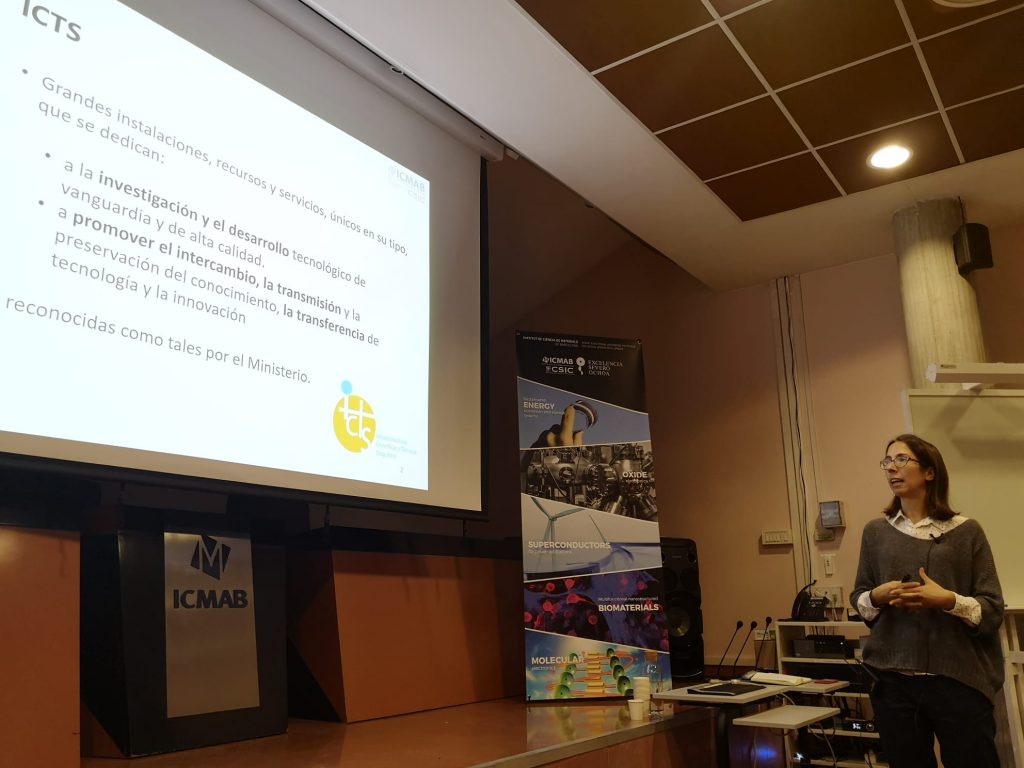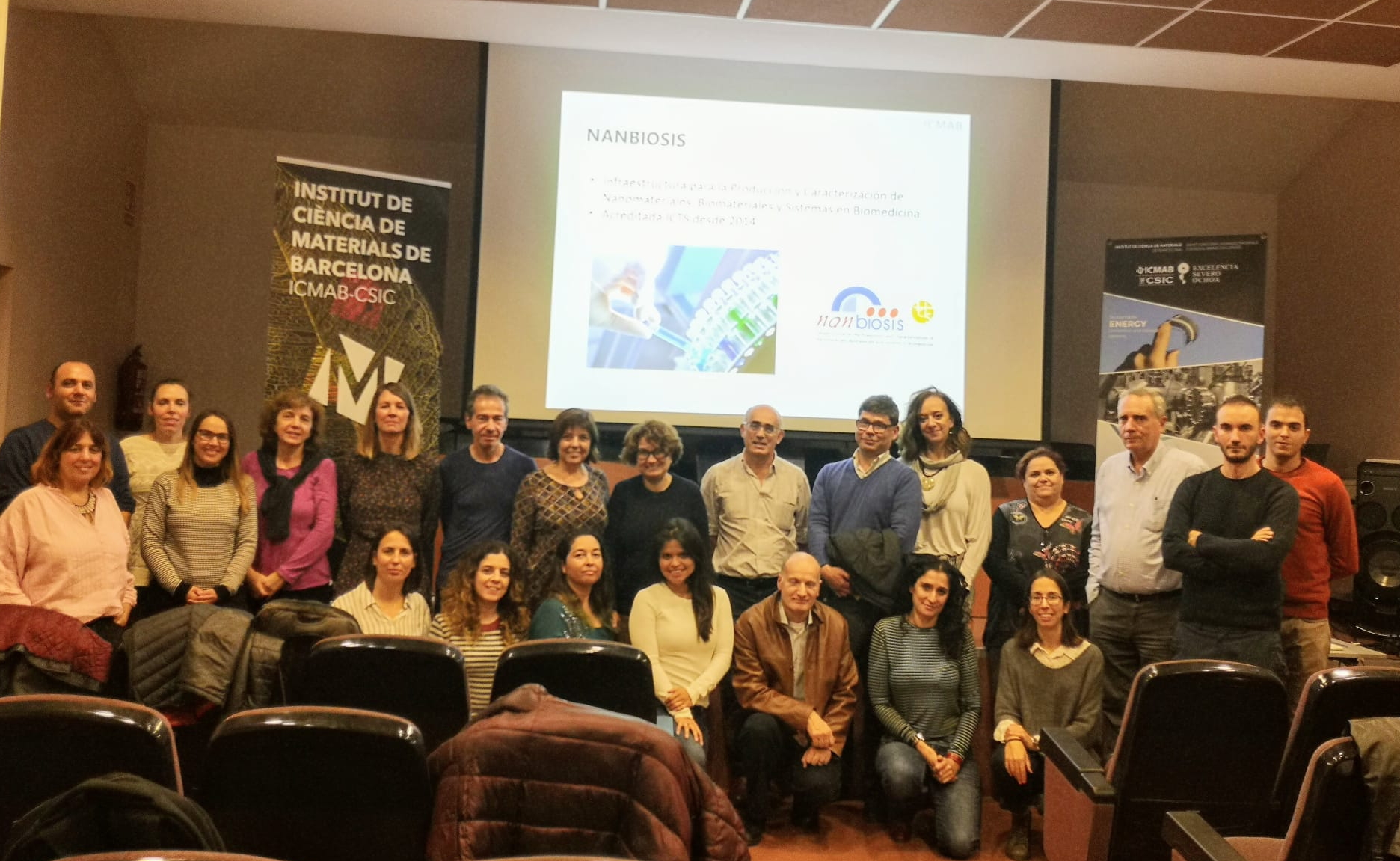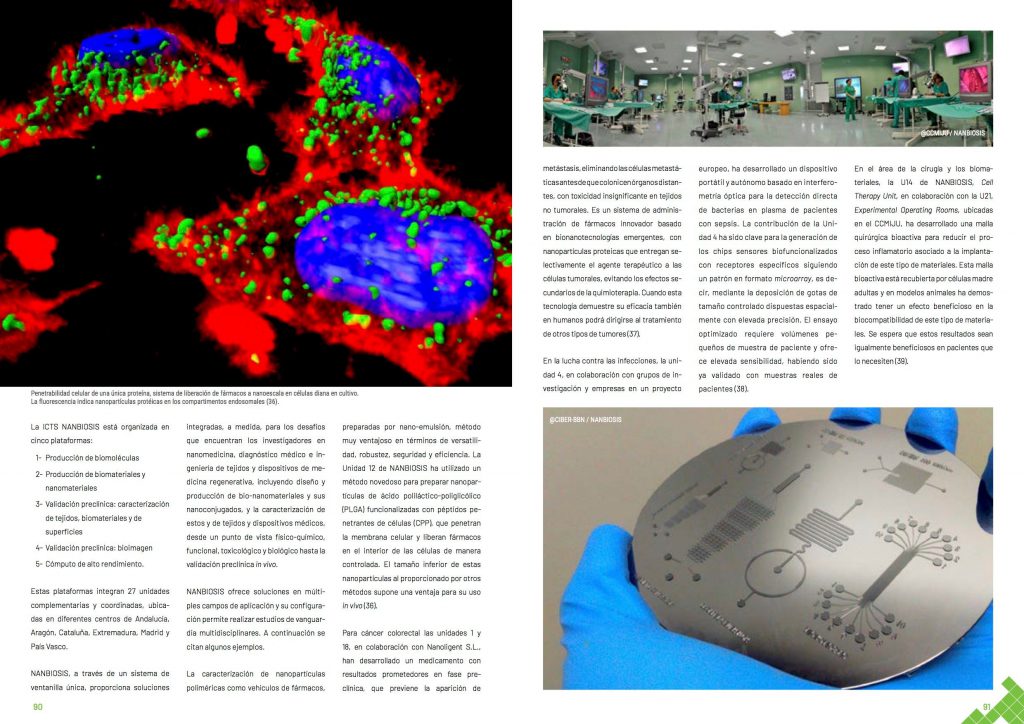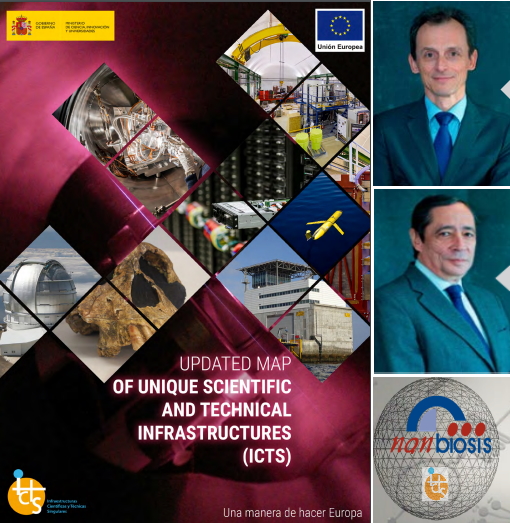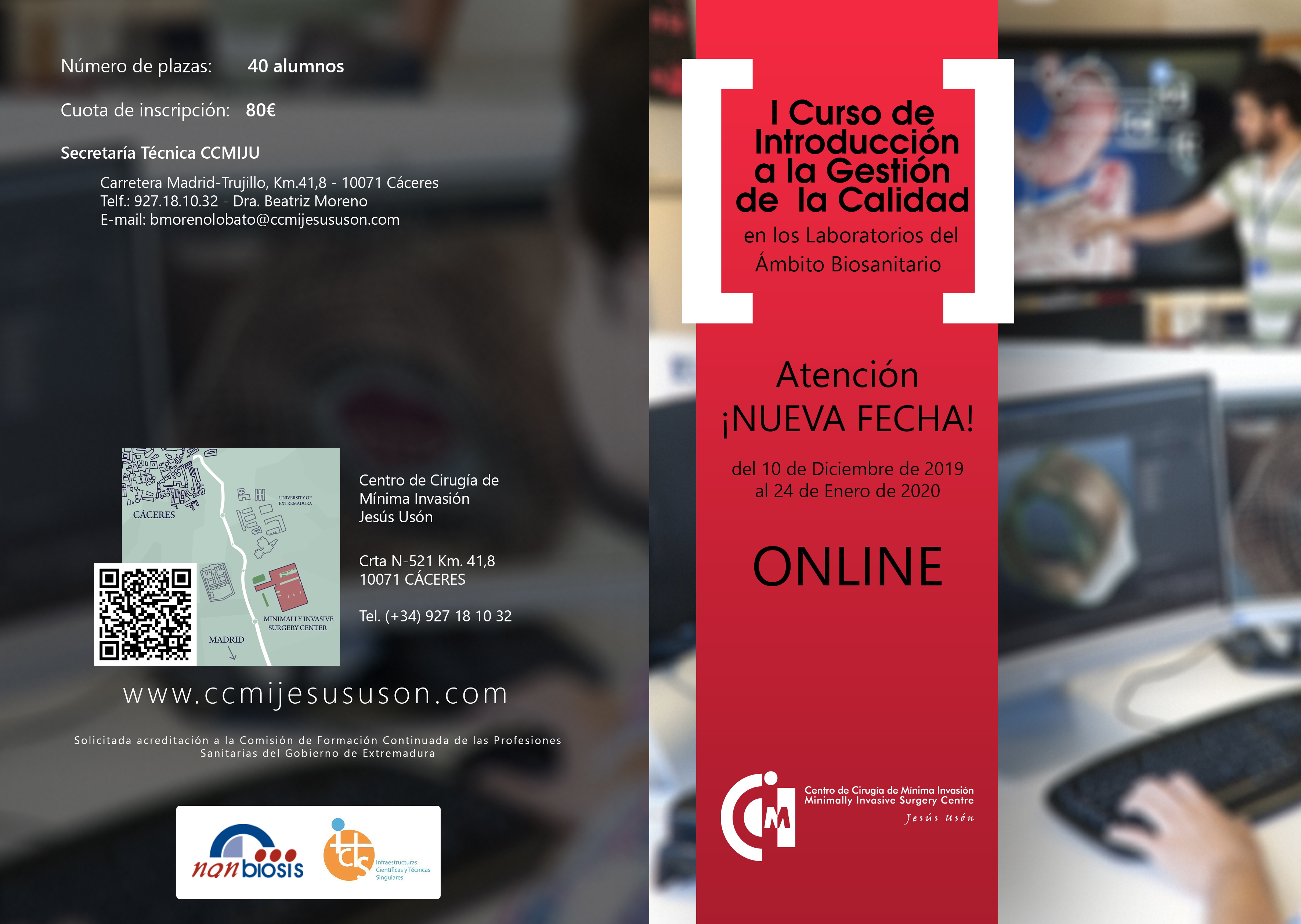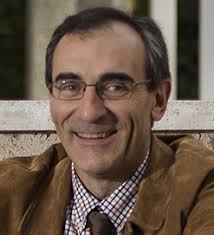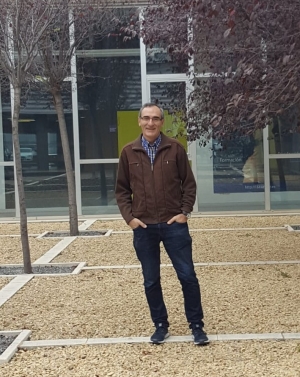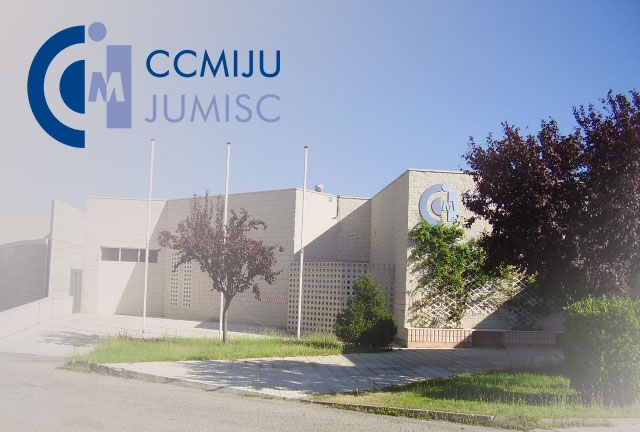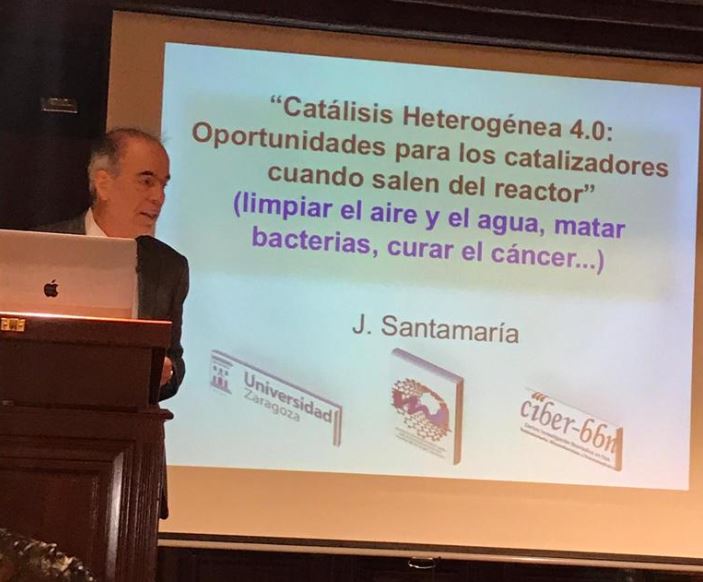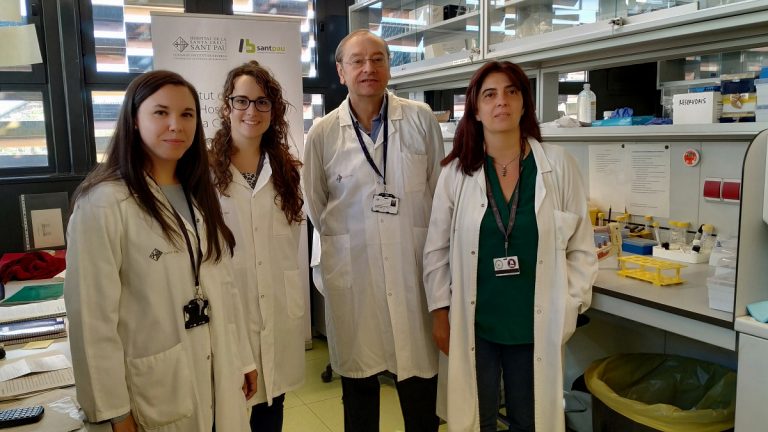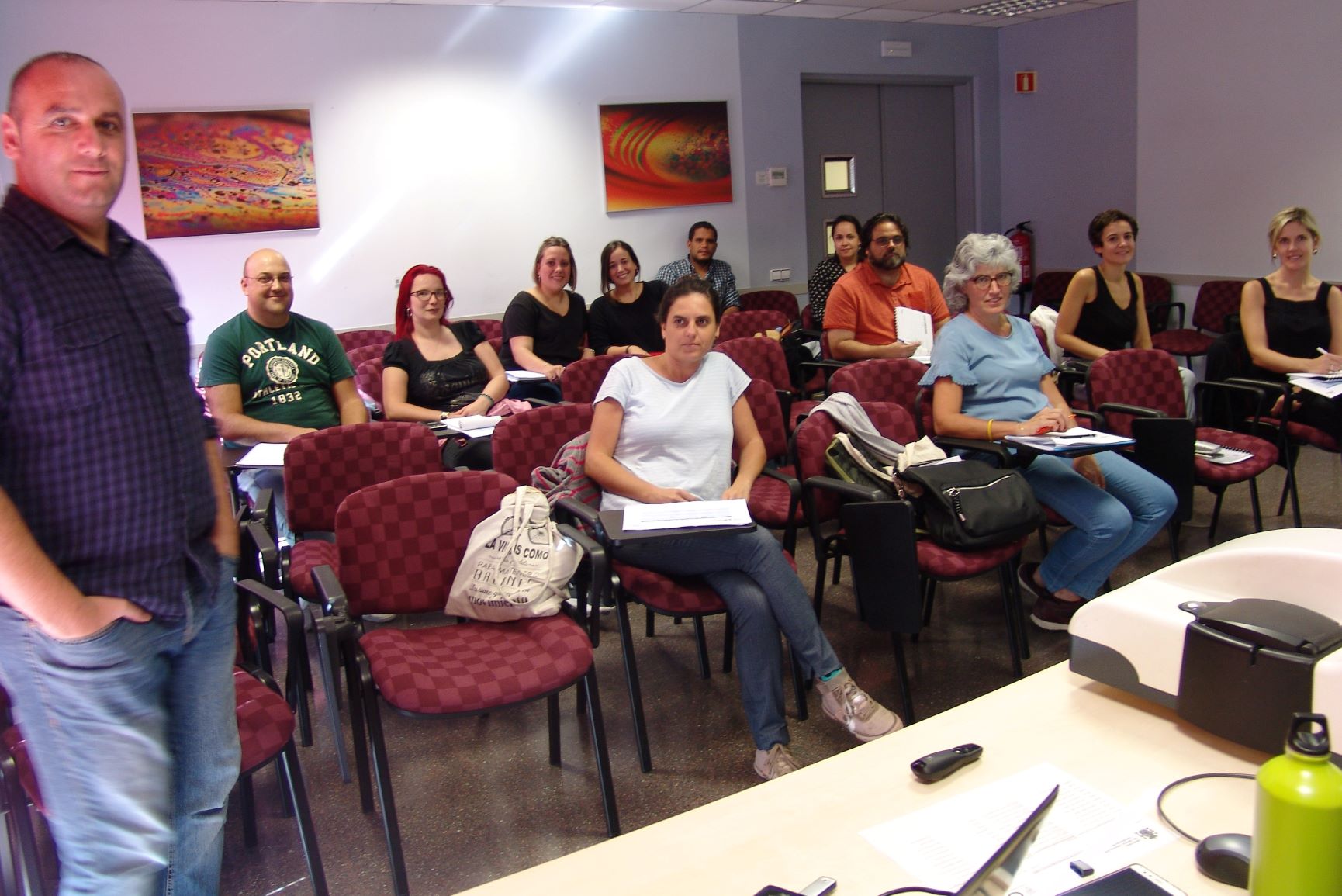NANBIOSIS internal dissemination day
NANBIOSIS has celebrated today the second edition of NANBIOSIS internal dissemination day, at the ICMAB-CSIC, Barcelona.
The Day has been focuss on the staff that deals with the day-to-day work of the units, especially technical staff. The event was attended by technicians and coordinators of the units of Catalonia and Aragon (almost 30 face-to-face assistants) and has been followed through the streaming broadcast by the other units.
The day has been presented by the NANBIOSIS Scientific Director Jaume Veciana and the Nerea Argárate Coordinator, followed by a round of presentations by the attendees and their work in the different NANBIOSIS units.
The first part has focused on the Cutting Edge Biomedical Solutions as integral solutions to the problems that arise in biomedical research integrating the expertise of several units presented by Nerea Argarate, as well as several presentations from the units of the Minima invasion Surgery Center Jesus Usón de Cáceres CCMIJU by Javier García, Jorge Bote and Verónica Crisóstomo focused on potential internal collaborations, synergies and complementarities in NANBIOSIS between the CIBER, CCMIJU and Bionand units.
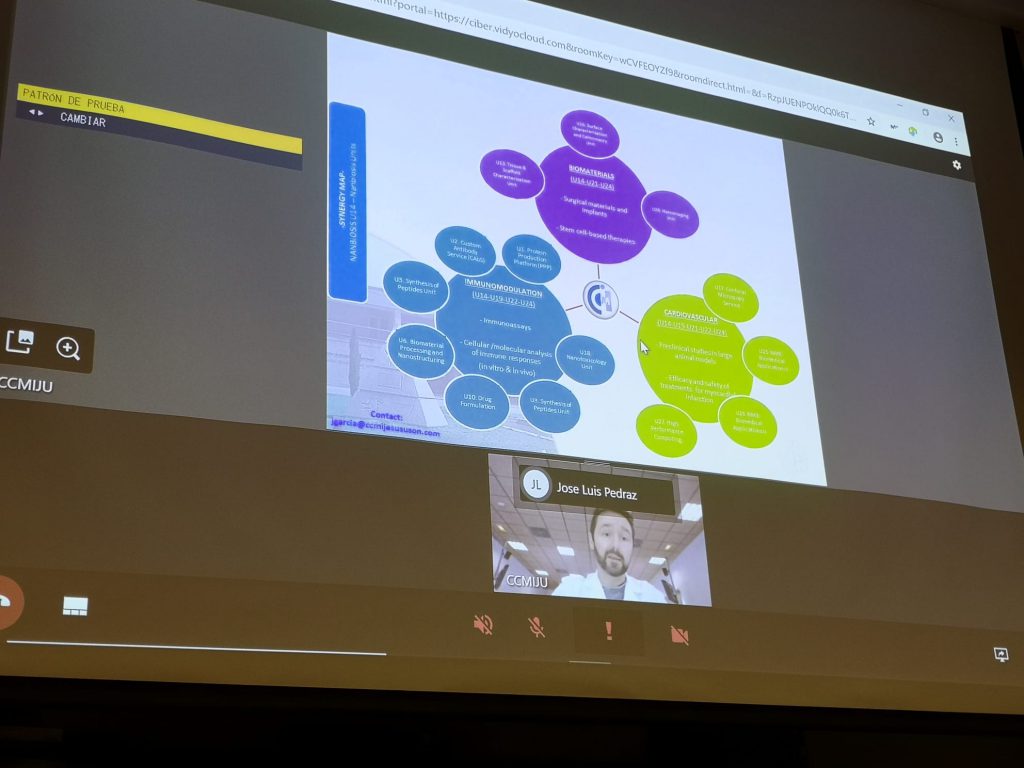
The second part dealt with the implementation of quality systems, the NANBIOSIS coordinator has presented the NANBIOSIS Quality Plan and Arnau Jaumandreu (NANBIOSIS Unit 6 Technician) has made a good summary of the steps to follow in the implementation of a quality system with recommendations from its experience in the process followed by unit 6, all followed by a debate.
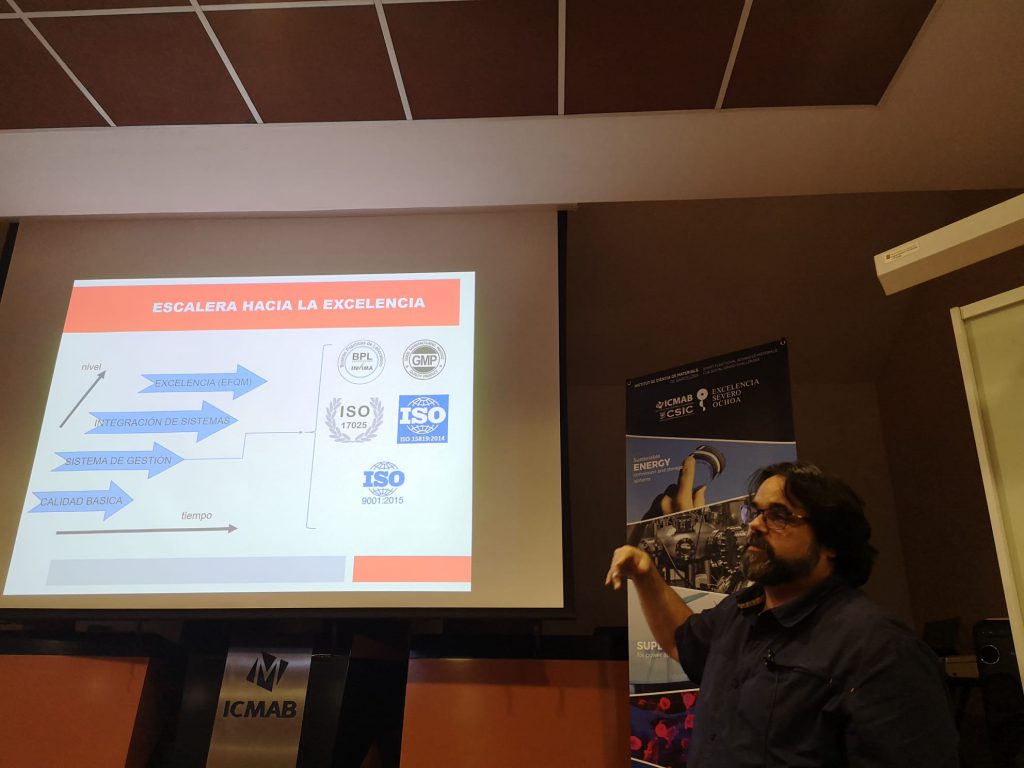
In the last part Anna May Masnou (Head of Communication and Dissemination of ICMAB-CSIC) has spoken about the use of the NANBIOSIS brand and communication channels, the dissemination of science and its returns. The day has ended with a space for debate.
